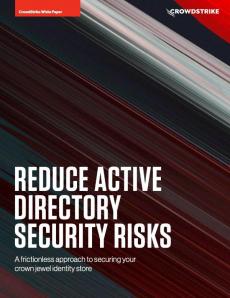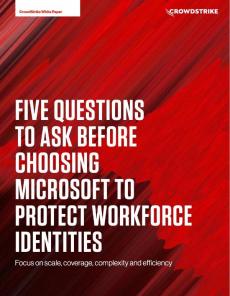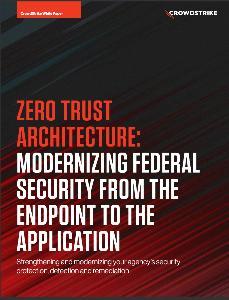Digital-First SecOps: A CISO Perspective
Businesses of all types, and across all verticals, have gone digital-first. This shift enables many benefits, such as greater scalability and speed. But it also amplifies the security and compliance challenges that arise from digital systems. For CISOs, this shift amplifies the need to apply the same level of automation, speed, and business-wide accessibility for security that digitization has brought to other aspects of the business. In short, modern businesses need to adopt a digital-first approach to SecOps itself.







